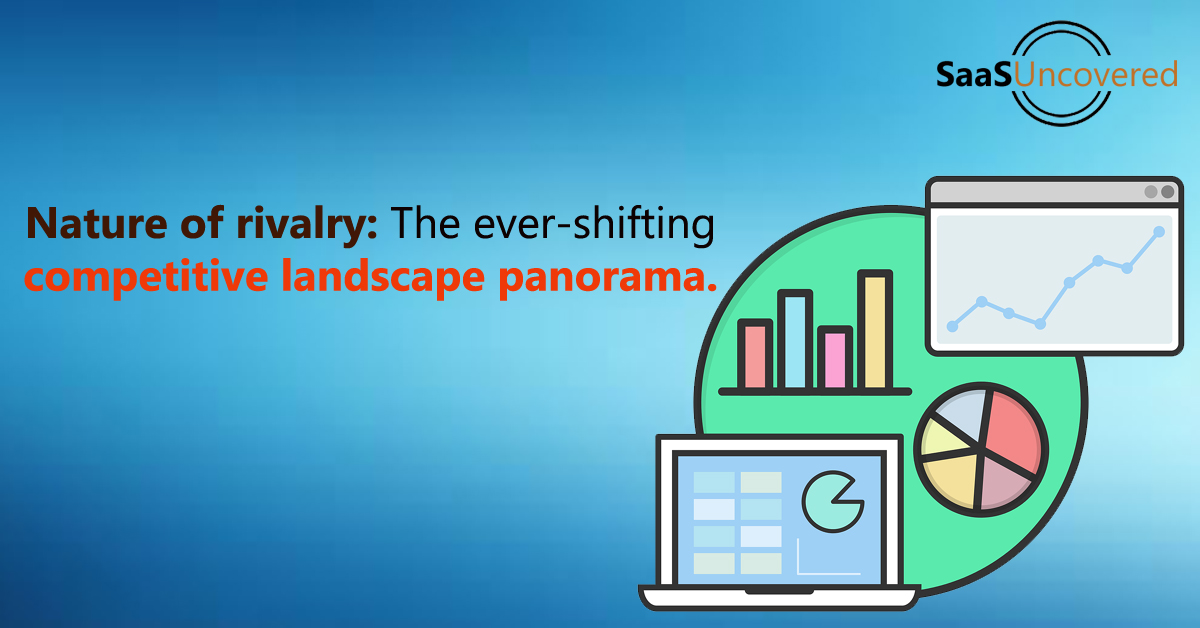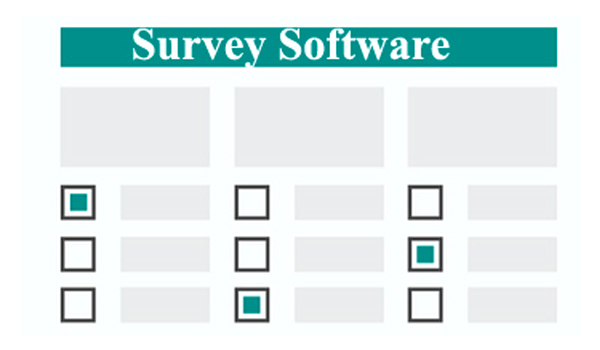Competitive Landscape
A competitive landscape is the analysis of the structure and dynamics of an industry to highlight the market positioning of a company.
Updated: November 22, 2023

A competitive landscape is the analysis of the structure and dynamics of an industry to highlight the market positioning of a company. Organizations can understand the advantages of competitors and identify gaps in the market by using competitive landscape.
Organizations look at the offerings, pricing, brand values, and market share of other brands when creating a competitive landscape. Then, they analyze their own strengths and weaknesses against other companies to see how they stack up which helps companies determine and prevent potential threats from competitors.
Competitive intelligence tools are used by marketing, sales, and product teams to create and evaluate their competitive landscape. Insights into digital footprints of competitors, including pricing, news, positioning, content marketing strategy, and reviews can be provided by this software.
Growth share matrix, Strategic group analysis, Porter's Five Forces, SWOT analysis and perceptual mapping analysis are different types of competitive landscapes.
Determining a unique differentiator, identifying market trends, spotting gaps and improve products and services are some of the benefits of competitive landscapes.
A company should use research thoroughly, multiple data sources, and find real-world customer feedback to get the most out of competitive landscape analysis. Organizational decision making can be drive by using a competitive landscape that boosts sales and revenue.
Types of competitive landscapes
- Monopoly
- Oligopoly
- Monopsony
- Perfect Competition
- Monopolistic Competition
- Duopoly
- Competitive Convergence
- Co-opetition
- Blue Ocean Strategy
- Red Ocean Strategy





